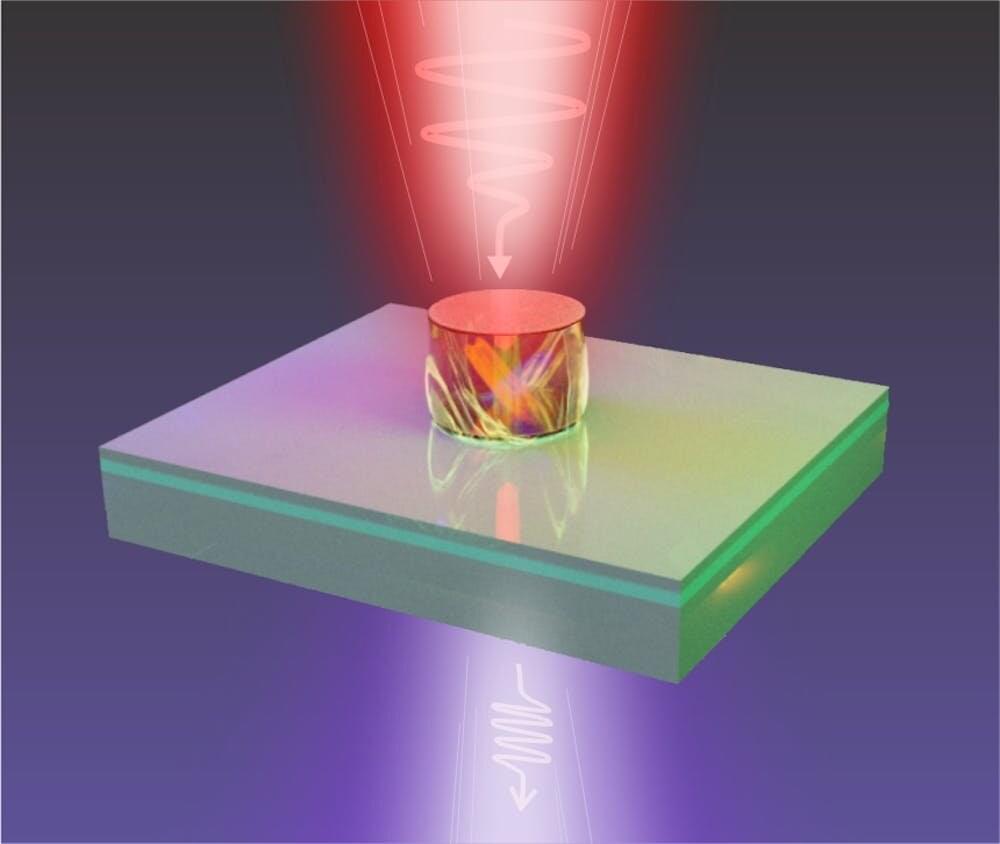High-frequency light is useful. The higher the frequency of light, the shorter its wavelength—and the shorter the wavelength, the smaller the objects and details the light can be used to see.
So violet light can show you smaller details than red light, for example, because it has a shorter wavelength. But to see really, really small things—down to the scale of billionths of a meter, thousands of times less than the width of a human hair—to see those things, you need extreme ultraviolet light (and a good microscope).
Extreme ultraviolet light, with wavelengths between 10 and 120 nanometers, has many applications in medical imaging, studying biological objects, and deciphering the fine details of computer chips during their manufacture. However, producing small and affordable sources of this light has been very challenging.
